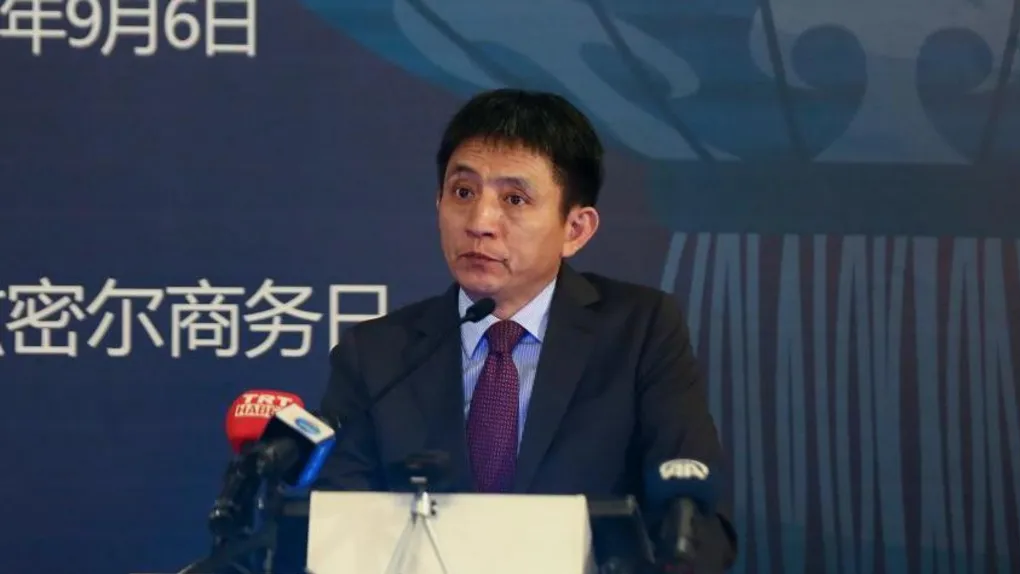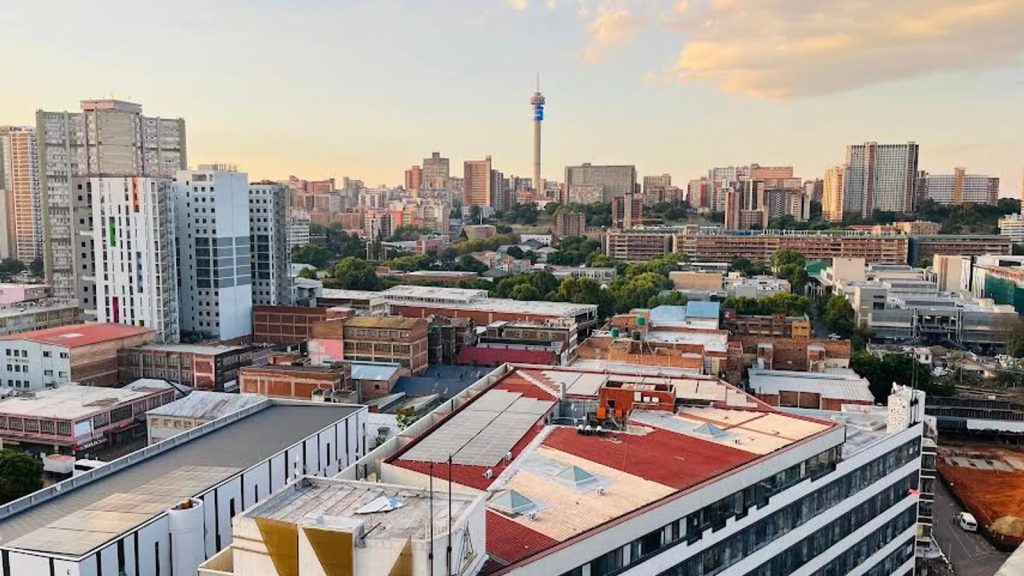Kenya government’s digital tyranny is working – for now
Written by Mail & Guardian on August 20, 2024
When plans to hike taxes drove Kenya’s young people to revolt against the political establishment in June, they turned to technology to organise themselves.
They built custom GPTs — artificial intelligence programs — to educate each other about the proposals, gathered in X Spaces to plan protests, and even had TikTok influencers doing political education.
During the protests, they used walkie-talkie apps to coordinate their movements and mobile money to crowdfund the medical bills of the injured.
This is what Gen Z activism looks like: civic engagement reimagined for the digital age.
But technology can be a double-edged sword. The same digital infrastructure
that empowers protesters can be used to repress them. The Kenyan government appears to have used more than a few tools from the tyrant’s digital toolbox to respond to the June uprising.
Its first move was to shut down the internet on 25 June. This is the first time such a disruption has happened in Kenya (which likes to bill itself as the “Silicon Savannah”). Internet watchdog Netblocks said the outage occurred just as protesters attempted to storm parliament in Nairobi.
As the protests raged on, journalists, activists and dissenters began to disappear.
CNN reported that this included at least a dozen prominent social media users, who were abducted by Kenyan security forces on the night before the storming of parliament.
According to Amnesty International Kenya’s Ramadhan Rajab, those who had been abducted afterwards spoke of their phone functioning strangely before they were picked up; cars waiting at their residences and favourite hangouts; and their abductors confiscating their phones as soon as they took them.
These stories draw attention to the surveillance infrastructure that Kenya has invested in over the years.
Nairobi streets have about 2 000 police surveillance cameras, according to a 2023 investigation by Coda Story. The Communications Authority of Kenya has a device monitoring system (DMS) capable of intercepting text messages and phone calls.
The agency fought a long legal battle against campaigners, who argue the DMS unduly breaches privacy, but eventually secured the right to use it.
In addition, according to a 2017 investigation by Privacy International, Kenya’s spooks can directly intercept telecom networks, even without the operator’s knowledge.
The abductees’ stories raise suspicion that some combination of such capabilities were used to target them.
When initial attempts at repression failed to quiet the protests, President William Ruto tried a less combative approach: a widely publicised X Space to meet the protesters online, where it all began.
He followed this with a full cabinet reshuffle to signal he was listening. But the olive branch was ultimately ineffective at reconciliation, and the unrest continued.
A more insidious but familiar tactic entered the fray: disinformation that blames foreign entities for domestic troubles. Speaking at an event in Nakuru on 15 July, Ruto suggested that money from the Ford Foundation had been used to fund the “anarchy”.
The accusation, which he provided no evidence for, and which the Ford Foundation has strongly denied, initially landed flat offline — but that didn’t discourage its promotion by a small army of dubious social media accounts.
The first post linking the Ford Foundation with the protests appeared on 23 June, and was published by Sam Terriz, a state official.
A surge of more than 500 posts, from accounts aligned with Ruto’s administration, built on it, often using cherry-picked funding disclosures from the foundation’s website and manipulated images.
Subsequent disinformation campaigns have since blamed LGBTQIA+ groups, human rights defenders and journalists.
Whether people believed these messages is almost immaterial. They distracted, muddied public discourse and made the truth debateable. They also harassed key players to exhaustion as they tried to counter the deliberate spread of falsehoods.
Kenya’s protests appear to have lost momentum for now, and Ruto is back to touring the country.
But his government’s actions over the past two months leave a digital blueprint for politicians to use against the surge of protests across the continent, and cast a troubling shadow over Kenya’s Silicon Savannah brand.
The state’s tactics are forcing activists to take counter-measures.
“People have reduced their digital footprint, changed their numbers or phones, are restricting their communications to less popular apps like Signal, or even abandoning cellphones entirely,” said Amnesty’s Rajab.
The move towards encrypted apps shows that as states invest in more sophisticated surveillance, people learn to be more vigilant about privacy when using technology. According to Top 10 VPN, demand for virtual private networks in Kenya rose by 534% in the period right before 25 June.
This response brings to mind Chinua Achebe’s proverbial bird, which learnt to “fly without perching” once “men learnt to shoot without missing”.




